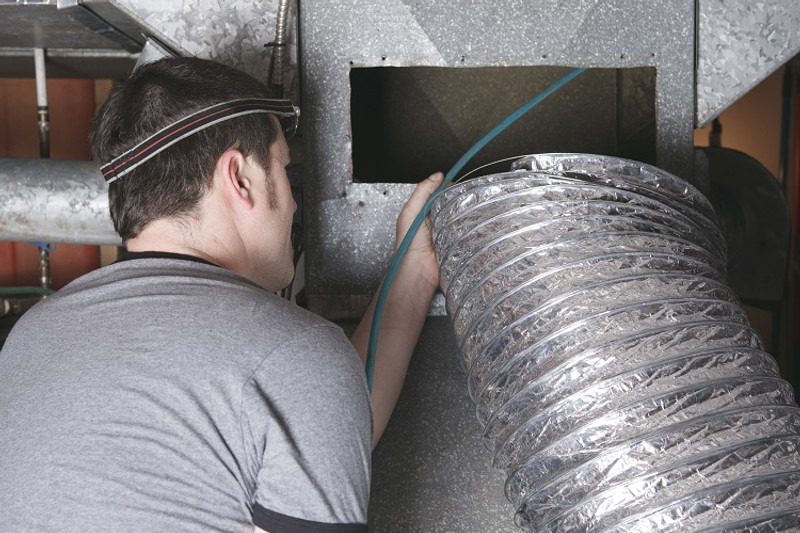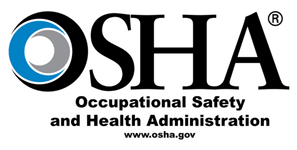Federal osha has a general duty clause section 5 a of the occupational safety and health act of 1970 that requires employers to provide a place of employment that is free from recognized hazards that are causing or are likely to cause death or serious physical harm to employees.
Osha regulations for working in attics.
Construction workers often perform tasks in confined spaces work areas that 1 are large enough for an employee to enter 2 have limited means of entry or exit and 3 are not designed for.
Atmospheric hazards e g poor ventilation heat stress.
The recent osha action clarifies the standard.
We all have a duty to protect ourselves and our employees.
Failure to comply with these regulations can result in a lawsuit if workers become injured as a result of heat illness.
Evaluate every worksite prior to doing any work.
Training must address how to inspect erect disassemble and maintain the fall protection equipment involved in the work 29 cfr 1926 503 a 2 ii.
Osha heat stress compliance guidelines.
Confined spaces in residential construction.
Employers also may choose to use scaffolds or ladders for attic work.
Attics crawlspaces have been covered by osha for 20 years.
While osha does not have specific regulations for indoor workplace temperatures the agency recommends a temperature range between 68 and 76 degrees.
However under osha s new confined spaces in construction standards 29 cfr 1926 subpart aa attics can be considered confined spaces and permit required confined spaces.
Deal with it if you can t.
Osha will continue to publish new guidance products in the coming months and will post them here.
Osha has developed a standard for confined spaces in construction 29 cfr 1926 subpart aa that applies to spaces such as attics basements and crawl spaces.
Please check the website often for updates.
Eliminate the hazard if you can.
Mechanical hazards e g attic ventilators whole house fans.
According to osha attics present hazards such as.





























